Pallavi Aiyar
Just over a year after launching the beleaguered Satyam in its new avatar as Mahindra Satyam, the company's CEO, C P Gurnani, and Europe head, Vikram Nair, talk with Business Standard at the World Economic Forum in Brussels about their successes and the challenges that remain. Excerpts:
It's been just over a year since Satyam was acquired by Tech Mahindra under stormy circumstances. How would you evaluate Mahindra Satyam's performance since it was created?
CPG: When we bought the company, there were all kinds of questions. Given the context, this acquisition was a heroic effort. Having said that, in every business decision you take, you need to identify the upside and how you will reach that upside.
We knew that as Tech Mahindra, we were hugely into the communications space and we wanted to saddle the ICT (information and communications technology) industry. We had to find some kind of a game changer and Satyam was an opportunity.
One year on, it's worked reasonably well. It's been a rewarding journey but the journey has no finish line. But, for us to meet some of the targeted growth and financial operating levers, there is still two years of hard work.
...
Mahindra Satyam: The successes and challenges
What were your greatest challenges? Do you feel you have dealt with these successfully?
CPG: We clearly had challenges built around everything from the brand, the governance, in terms of litigation, customers, you name it. We lost a lot of customers in the first four or five months. But, one year on, we have been able to stop the customer churn completely.
We also faced challenges to do with people. Between 17 December (2008) and 13 April (2009), there was a lot of insecurity.
The fact is that every monster.com had every CV of every employee looking for a new job and as a company we needed to downsize on top of this.
Having lost so many accounts, we had no choice but to downsize at that moment. That was another big challenge.
Overall, the company is now no longer in an emergency. It has stabilised and is back on the growth path. My hiring plan for this year is about 8,000 people.
...
Mahindra Satyam: The successes and challenges
How were you able to rebuild the credibility of a company that had taken such a hard knock in a market like Europe?
CPG: All we could do was communicate, communicate, communicate. Be in the face of the customer, be in the face of a prospect. That was the only way to do it.
VN: Actually, Europe did not have the kind of customer churn as elsewhere. By nature, Europeans don't switch easily. They are more patient about a relationship. The only big customer we lost was BP.
What we are seeing is that the customers who stayed with us feel vindicated and are actively promoting our recovery. And, some of the spending and projects that were put on hold are now being ramped up.
You are quite strong in Europe, which accounts for some 30 per cent of your revenues. How does this market differ from, say, the US? And, is there a big divide between the UK and the rest of the continent?
VN: In Europe, it's not just about the commercial aspect of the deal but also how the two companies fit together, culturally. We are experiencing growth in both the UK and the continent but the continent is faster.
About 55 per cent of our business in Europe is now outside the UK. Actually, now you should no longer talk about UK and the continent but focus on each country differently.
...
Mahindra Satyam: The successes and challenges
What are your main growth areas within Europe?
VN: Germany, Switzerland, Netherlands, Belgium and the Nordic countries. These are the regions we are seeing traction. Also, we are putting investments in France because we can't ignore it, given its huge size.
But, it's a difficult market to crack due to linguistic and cultural issues and also higher protectionism, plus a tendency to keep IT (information technology) functions in-house.
Has the business model you use changed since Satyam was acquired by Mahindra?
VN: The way Satyam was working was that the sales guys had a relationship with the customer and delivery was always in the back end.
Our new model, a Tech Mahindra one, is where we combine sales and delivery functions. For existing customers, we expect delivery to take the lead in growing the account.
That way, sales can look into selling in new areas. We call this 'Two in a Box'.
What is your outlook for Europe?
VN: We want to increase our run rate (the figure of the last quarter multiplied by four) this year by 50 per cent in Europe.
We are on course. The number of orders we are seeing in the first quarter is very high. Which is why we are on a hiring spree. And, we got a big deal with BASF in April.
...
Mahindra Satyam: The successes and challenges
Image: The launch of the company logo.BASF is a very conservative company, which has tended to keep all IT functions in-house. Does the new deal reflect a broader change in mentality in continental Europe?
VN: Yes, you are right. Actually, we were dealing with CIBA and BASF acquired them, so we handled the CIBA integration into BASF. They saw the quality of our work and then, in a competitive bid in which we were up against Accenture, Siemens and Infosys, we won.
This is the first time BASF is outsourcing its IT functions. The company realises, like others, that to be competitive is no longer a choice.
The economic crisis last year led many companies to this realisation. But, was it not a complicating factor for you as you tried to rehabilitate Satyam?
CPG: We were caught in a perfect storm. On the one hand, we had a company which had to be rebranded and restructured. On the other hand, an economy in crisis. So, we've done a good job, given the circumstances.
Is the merger of Tech Mahindra and Mahindra Satyam in the offing?
CPG: The management teams of both companies will definitely propose to their respective boards at their AGMs to move ahead with the merger and we have a tentative date of April 2011.
But, there are still a few steps to go. The two are absolutely complementary and it will give us a much bigger balance sheet to go for the large deals, which at the moment still requires a lot more effort from us to get into.

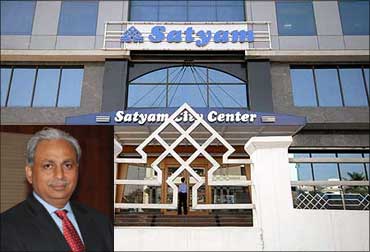
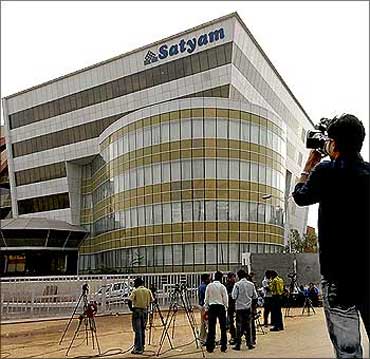
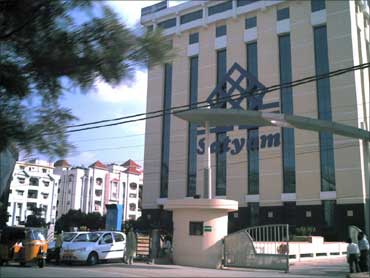
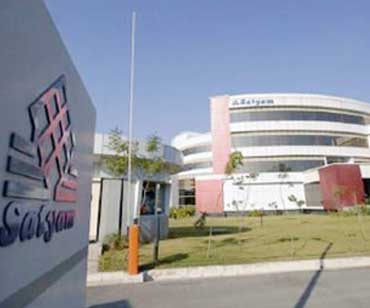
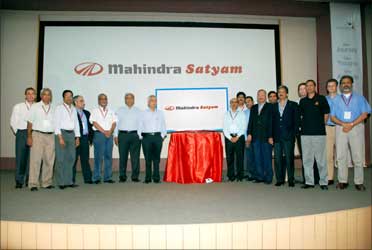

article